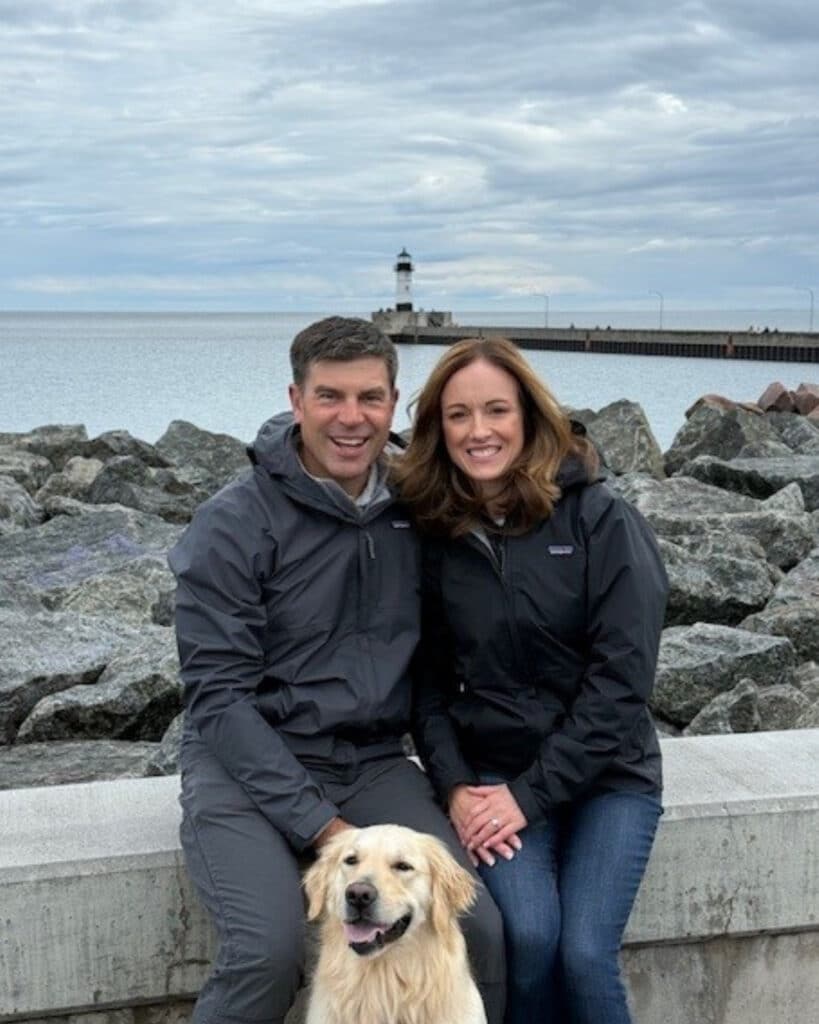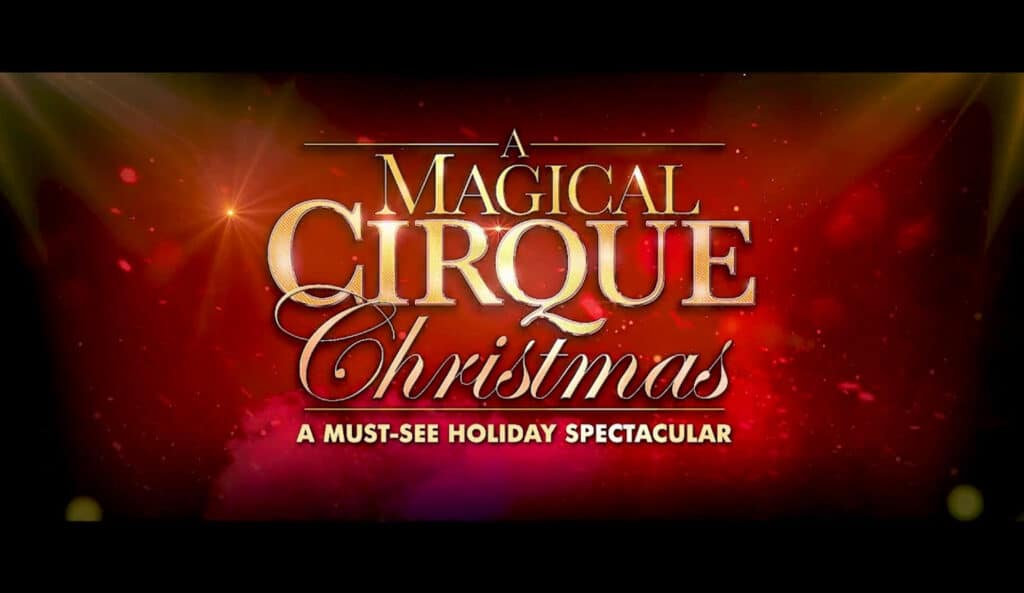Make no bones about it: Duluth is an absolute hotspot for tourists. The Duluth of today – particularly the Canal Park area – enjoys a well-deserved reputation as a tourist destination. People flock here in droves to enjoy the city’s natural beauty, vibrant arts culture, and many attractions and events. In fact, according to the Duluth Area Chamber of Commerce, a whopping 6.7 million people visit Duluth annually. This makes tourism one of the city’s largest industries, creating well over $780 million in annual direct economic impact.
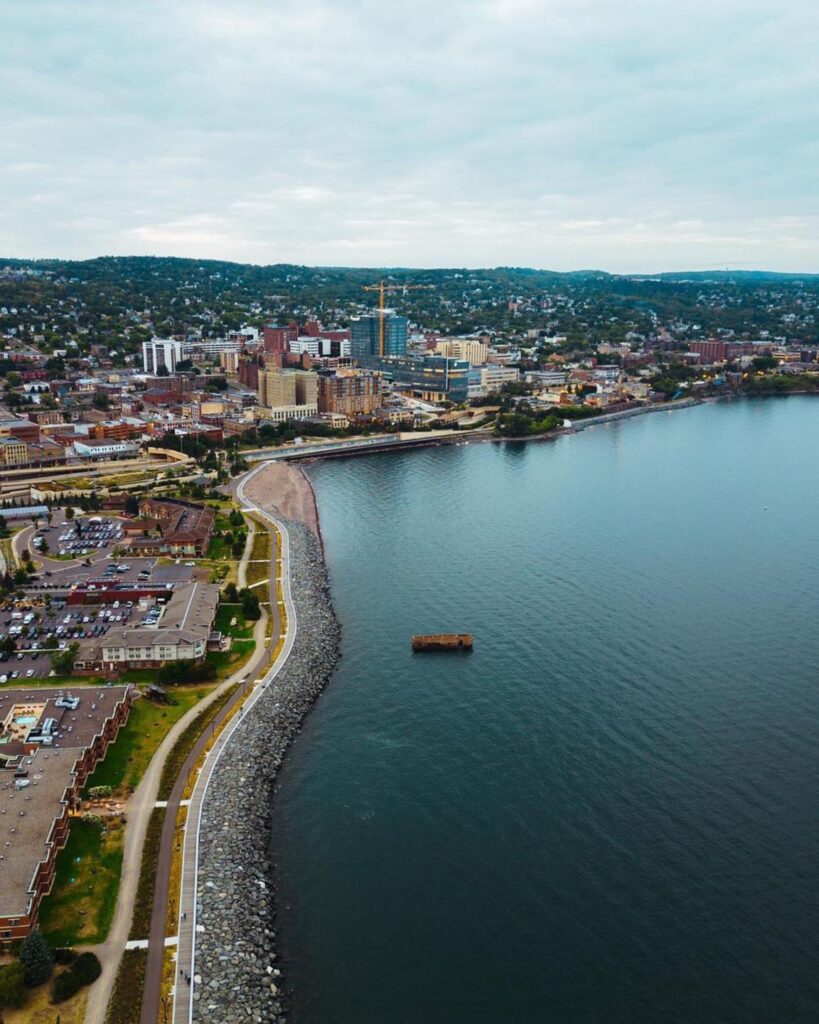
But it hasn’t always been this way. Going back to the 1960s, Canal Park was a gritty, industrial area often used as a dumping ground. Old junk cars, piled two and three high, were unceremoniously discarded on the shores of Lake Superior. It’s hard to imagine the site of the current Lakewalk – one of our fine city’s greatest jewels – being used as a trash can. But it’s true.
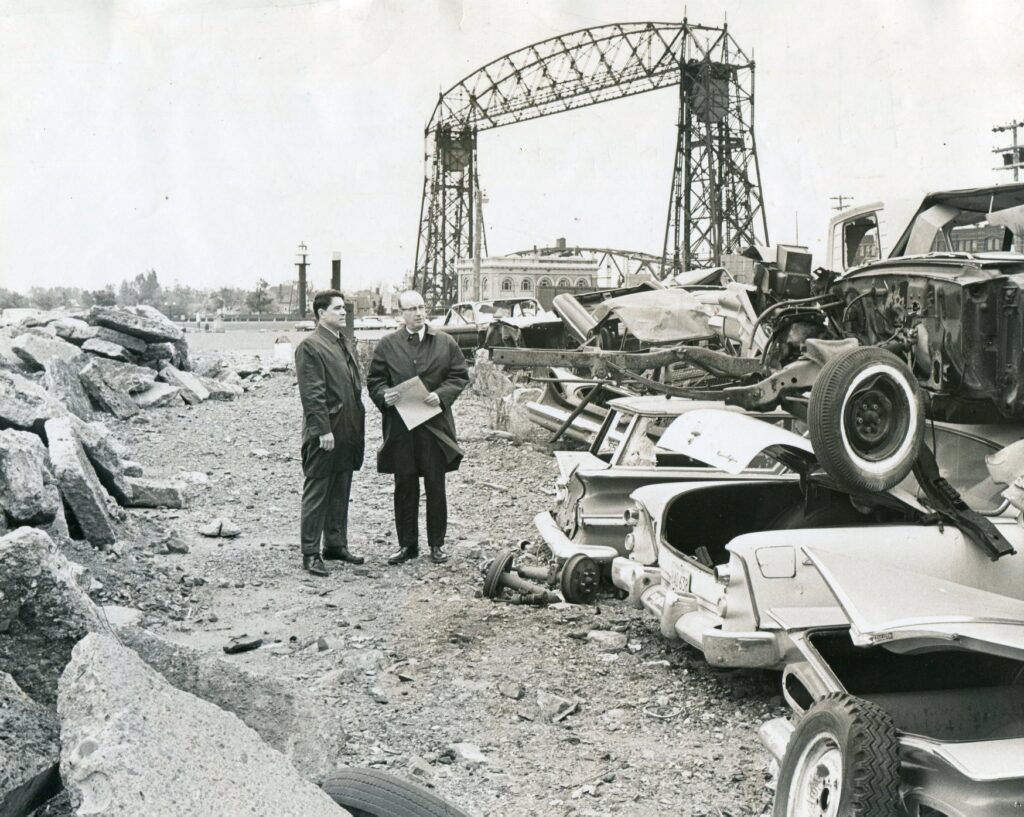


It took several successful visionary businessmen to suggest a change. They developed a plan to implement a tourism tax. The strategy was to have visitors invest in attracting more visitors. This tax has since enabled the regional marketing of Duluth as a destination, led to improvements at the DECC, provided financial support to local groups and attractions, and spurred investment of millions of dollars by private investors throughout the city. So, Duluth’s success as a tourist mecca is ultimately due, in large part, to a few strategic visionaries … and taxes.

Local Historian Tony Bronson has become a bit of an expert on Duluth’s revitalization. He has worked for the Grandma’s Restaurant family for 36 years and holds the title of Director of Business Development – Grandma’s Restaurant Company.

Once he landed his job at Grandma’s, Bronson never looked back. “Working at Grandma’s is the college job I never left,” he said with a chuckle. “Sometimes I think Duluth’s tourism and hospitality industries get a bad rap. People will say they offer low wages and offer no career pathways,” he added. “But I disagree. It’s my passion, and it’s many people’s passion. Duluth’s hospitality industry has provided a great life for me and my family, and I am grateful for it.”
Bronson believes tourism is one of the four pillars of Duluth’s success. “It’s all about tourism, education, aviation, and healthcare,” he said. “So, tourism is worthy of investment, and in turn, provides a good return investment in our community.”
Bronson undoubtedly walks the walk. He is the current President of the Canal Park Business Association and President of the Duluth Local Restaurant Association. Additionally, he is the past Board Chair for Visit Duluth and the Bentleyville Tour of Lights.
These “extracurricular activities” are enjoyable for Bronson and part of his job. “In my 36 years at Grandma’s, it’s been part of my duties to be involved in the community,” he explained. “This includes volunteering, being on different boards, and being involved in what’s going on around town. Over time, I became interested in learning as much as I could about tourism in Duluth and, subsequently, the origins of the tourism tax.”
Visionaries behind Duluth Tourism
Bronson shared a bit about the topic of tourism in Duluth. “Back in the 1960s, a group of local business people that I consider to be visionary – including Jeno Paulucci, an American food industry magnate, investor, and philanthropist; and retail/hotel magnates, Erwin and Monnie Goldfine – had this idea that Duluth could really be something. Duluth and its hospitality industry could be an attraction.

“Now, it seems like a no-brainer, but nobody had thought of it up to that point,” he added. “It required vision.” These visionary businessmen proposed the idea of a self-imposed tax, which would be turned over to the city, known as a hotel/motel tax. The first 5% of the tax would go to a general operating fund for the city. Another 65% of the tax was proposed to go to the Duluth Arena Auditorium (now known as the DECC), which was built in 1966. The remaining 35% would be spent on advertising and publicity for the Duluth Convention and Visitors Bureau (now known as Visit Duluth).
On March 17th, 1969, the Duluth City Council approved this proposal, and the city’s “tourism tax” was born. “This is when Duluth started to get some traction and get on the map for tourism,” Bronson said.

History of the Tourism Tax
Since its inception in 1969, these taxes have had an immense impact on making Duluth a welcoming destination for visitors. Over the years, revenue from these taxes has been used to improve and update the DECC (and helped foot the bill for adding Amsoil Arena), clean up Canal Park, support and modernize Spirit Mountain and other attractions, and much more.
There is no doubt that the tourism tax has significantly contributed to the improvement of Duluth.
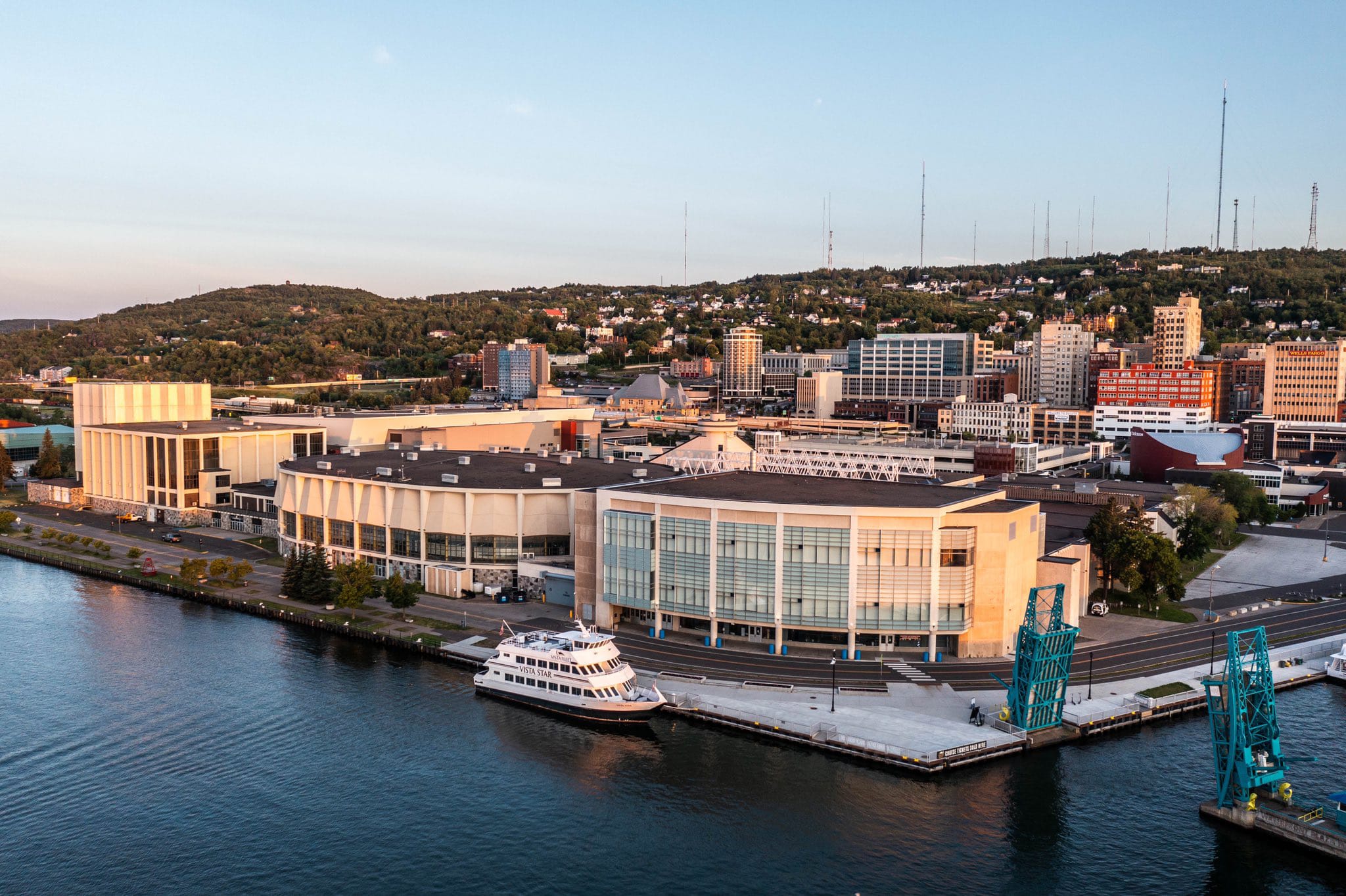
A Rising Tide Lifts All Boats
While Bronson has a particular fondness for Canal Park, considering how he has worked there for 36 years, he is pleased to see how the tourism industry has also helped improve many other Duluth neighborhoods. “To paraphrase Paul Wellstone, ‘We all do better when we all do better,’” he said. “I see the Craft District of Lincoln Park, the college campus area, the St. Louis River Corridor, and Lakeside improving and adding shopping districts, hotels, et cetera, and I am so happy about this. The more attractions, the better for Duluth. We in Canal Park are comfortable knowing that, at some point during their stay, tourists will come here.
“And to this day, when people say Canal Park is overdeveloped and commercialized, I say, ‘Look at the alternative. Look at what it used to be. Now, it’s a nice, clean neighborhood with restaurants, shopping, breweries, distilleries, and other great attractions.”
“Tourism is an industry that I’m proud to be a part of,” Bronson added. “It has made Duluth a better community for visitors and citizens alike.”

Life on YOUR Lakewalk is part of Destination Duluth’s “Life Up North” series, created to highlight one of the city’s most treasured public spaces. The Lakewalk stretches eight miles along the greatest of the Great Lakes, offering everything from front-row views of 1,000-foot freighters and breathtaking sunrises to quiet moments of serenity just steps from the city.
Through stories, historic insight, and photography, this series shows how the Lakewalk is far more than a path. Once an industrial wasteland, it is now a symbol of community, resilience, and pride. It reflects what Duluth values most — public access, natural beauty, history, and connection. Whether a lifelong resident or a first-time visitor, the Lakewalk is yours to enjoy. It is your view, your shoreline, your legacy.



